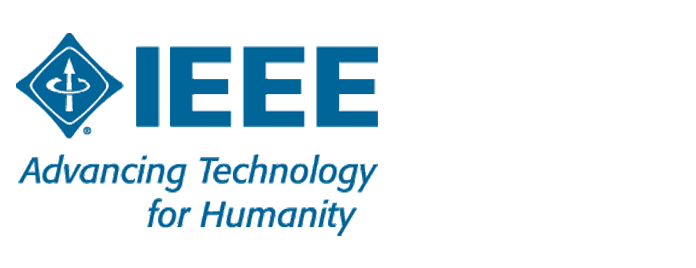Authenticated encryption
This International Standard specifies six methods for authenticated encryption, i.e. defined ways of processing a data string with the following security objectives:
— data confidentiality, i.e. protection against unauthorized disclosure of data,
— data integrity, i.e. protection that enables the recipient of data to verify that it has not been modified,
— data origin authentication, i.e. protection that enables the recipient of data to verify the identity of the data originator.











